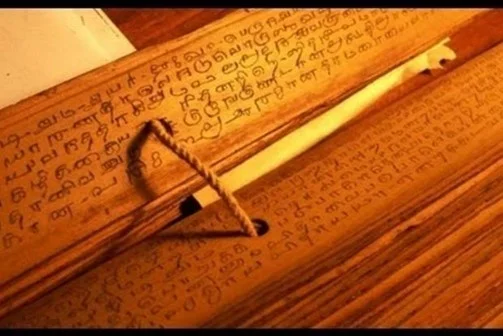History and Art and Culture
Context: The Kerala government came with a palm-leaf manuscript museum with modern audio-visual technology at the Central Archives, Fort, in Thiruvananthapuram.
About Palm-leaf manuscript:

- These are manuscripts made from dried palm leaves.
- Palm leaves were used as writing materials in the Indian subcontinent and in Southeast Asia reportedly dating back to the 5th century BCE.
- Their use began in South Asia and spread to other regions, as texts on dried and smoke-treated palm leaves of Palmyra palm or the talipot palm.
- Their use continued till the 19th century when printing presses replaced hand-written manuscripts.
- One of the oldest surviving palm leaf manuscripts of a complete treatise is a Sanskrit Shaivism text from the 9th-century, discovered in Nepal, now preserved at the Cambridge University Library.
About the museum:
- It is set up by the Archives Department.
- The museum has eight theme-based galleries where select manuscripts from one of the biggest palm-leaf collections in the country will be displayed.
- The other galleries are:
- Land and people.
- Administration.
- War and peace.
- Education and health.
- Economy
- Art and culture – the Mathilakom records (a collection of 3,000 cadjan manuscript rolls possessed by Sri Padmanabhaswamy Temple).
Source: The Hindu














